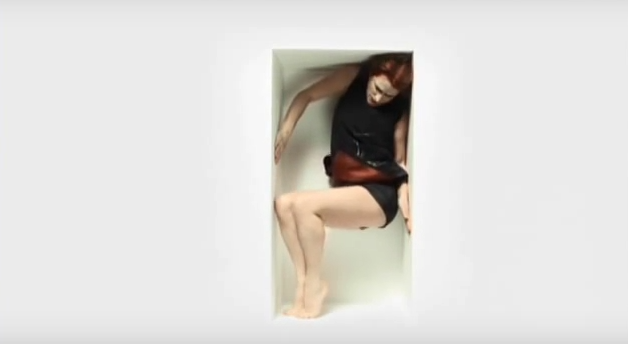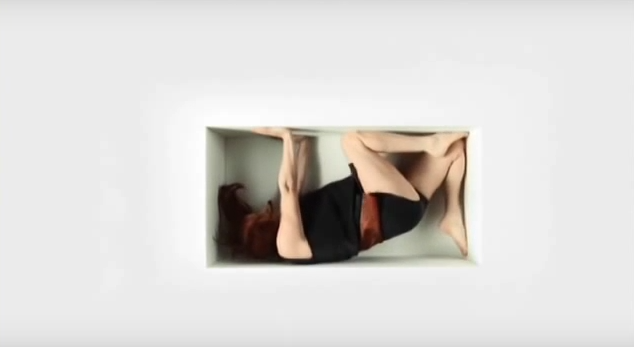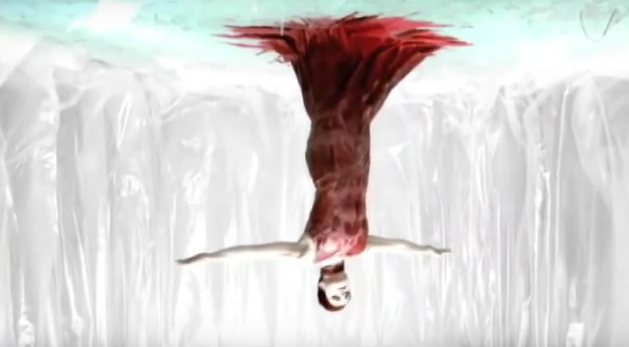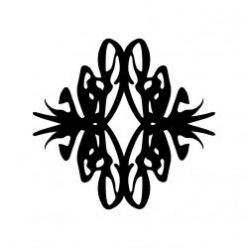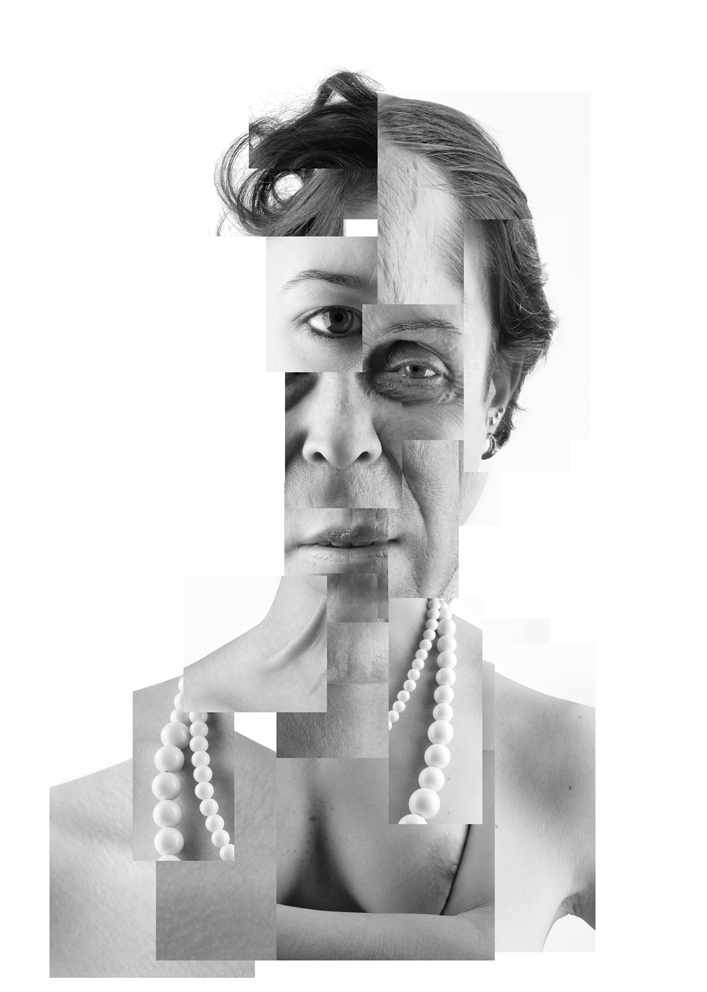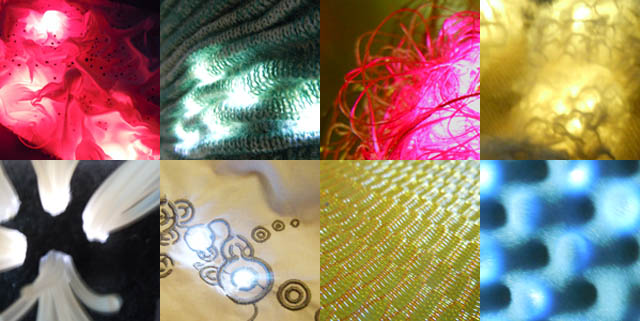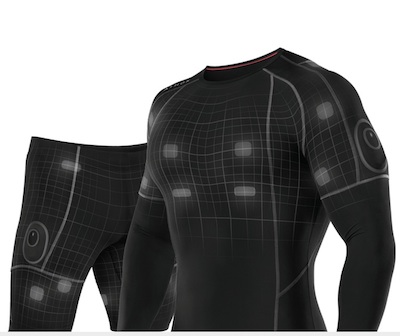Eiko & Koma, My Parents
In this choreography, the movements are explained with a voice over/narration: it depicts the life of both Eiko and Koma, who seek social change and self-aspiration by being dancers. In their gestures and movements, they always stick together and move in response to one another: as the female rotated her body, the head of the male followed; as one of the hand hit, the hand of the other partner hit as well. Such glued togetherness might be used to show how the two merged as one, as dancer and the love in life, because they said “to be with someone before they die might be a good thing.” There are a lot of body and limbs twisting. Most of the motions are excruciatingly slow, accompanied by traditional Japanese instrumental sound. In my opinion, the dynamism of the whole performance lies not in the choreography, but in the video as a whole. The choreography shows not much changes in position and speed, but the moving video/images are the source of speed and movement variations.
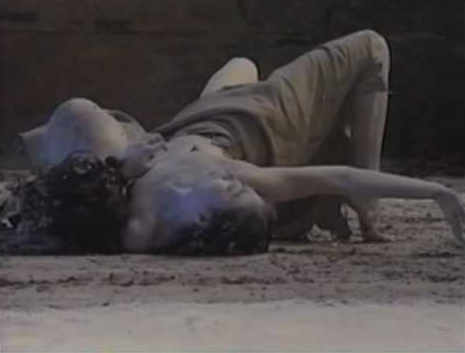
Opinion about Eiko & Koma
They are really experimental in their artwork and it has a lot of deep meaning in their concepts for e.g. the trees (?) live and grow on the ground and die on the ground, hence their movements are flat on the floor. However, in this video (part 1), about 60-70% of the narrative is explained not through dance but videos and voice over. Maybe, the amount of those other ‘ingredients’ can be reduced and let the dance speaks for itself. In addition, maybe more variation in movements, speed, sound and positions, may create a better performance. Overall, it is unique and one of a kind.
Motion Control
In contrast to Eiko&Koma’s performance, this dance is much more fast-paced with a lot of variation in speed, sound, movement, and even props. The whole video performance is divided into three parts: the bedroom scene, the dance in a ‘box’, and dancing in a dress attached to the floor. It plays around with angles, creating the illusion of ‘anti-gravity’ (or all direction have their own gravity). The variation in camera panning adds suspense and surprises to the whole experience watching the video. Hence, the dynamism in this performance is really strong. There is a lyrical music towards the end of the video. However, there is no explanation about the whole thing.
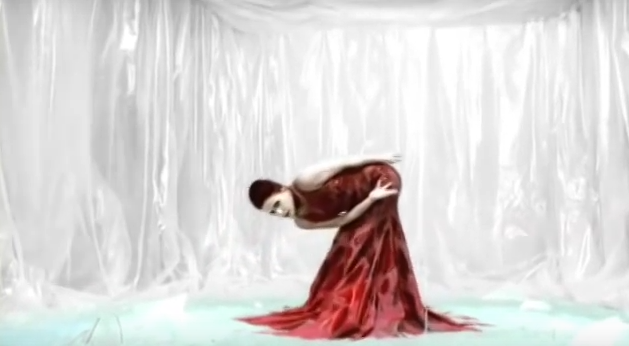
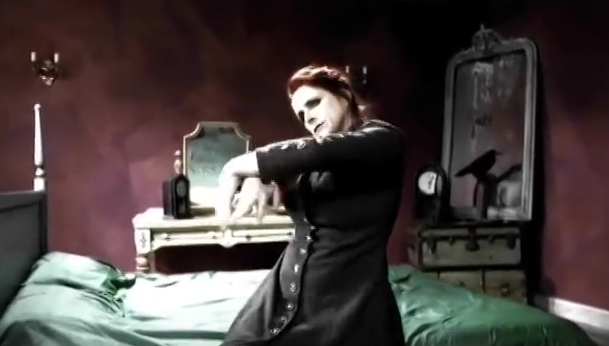
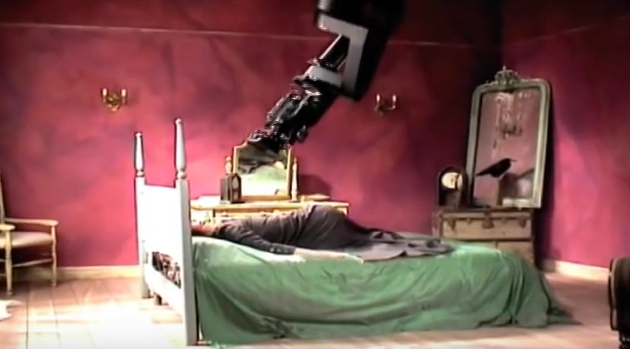
Opinion about Motion Control
When it comes to meaning, My Parents, I think, has deeper meaning than Motion Control. I do not really get the message of Motion Control but I think it is about dream (?). However, I am totally entertained by the cool body gestures and movement, and how the different sounds can be matched with the gestures (even to the smallest gestures like finger movement!). Screeching sound, for example, actually causes simple body movement ‘sound’ unrealistic (you move your waist and you hear a screeching car? that’s awesome). Moreover, the ‘anti-gravity’ effect by rotating the ‘screen/box’ is a real jaw-dropper. The dance in the red dress, when the screen is upside-down, looks like she is standing on the ceiling perfectly. This performance, in my opinion, is an excellent example of using ‘the box’ to create variation and awesomeness.
